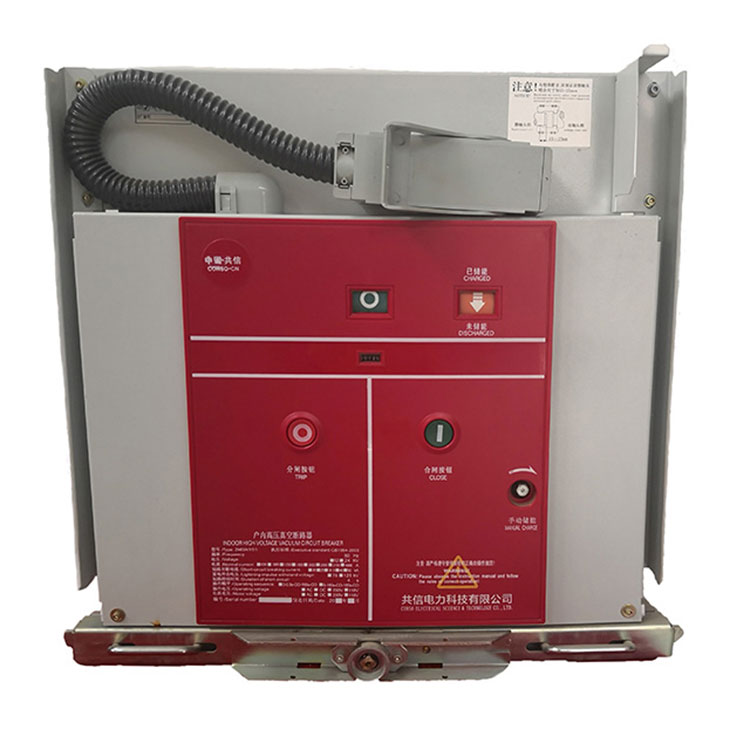- English
- Español
- Português
- русский
- Français
- 日本語
- Deutsch
- tiếng Việt
- Italiano
- Nederlands
- ภาษาไทย
- Polski
- 한국어
- Svenska
- magyar
- Malay
- বাংলা ভাষার
- Dansk
- Suomi
- हिन्दी
- Pilipino
- Türkçe
- Gaeilge
- العربية
- Indonesia
- Norsk
- تمل
- český
- ελληνικά
- український
- Javanese
- فارسی
- தமிழ்
- తెలుగు
- नेपाली
- Burmese
- български
- ລາວ
- Latine
- Қазақша
- Euskal
- Azərbaycan
- Slovenský jazyk
- Македонски
- Lietuvos
- Eesti Keel
- Română
- Slovenski
- मराठी
- Srpski језик
How does a Circuit Breaker trip?
Circuit Breaker is designed to protect circuits from damage caused by overcurrent. When an electrical circuit experiences an overload, short circuit, or other fault, a circuit breaker trips to interrupt the flow of electricity and prevent potential dangers such as fire or damage to electrical equipment. Here's how a circuit breaker trips:
Overload Condition: An overload occurs when the current flowing through a circuit exceeds the rated capacity of the circuit or circuit breaker. This can be caused by overuse of appliances or equipment connected to the circuit.
Short Circuit: A short circuit occurs when there is an unexpected direct connection between two points in an electrical circuit, causing a sudden surge in current. It is usually caused by faulty wiring, damaged insulation, or faulty electrical equipment.
Trip Mechanism: The Circuit Breaker is equipped with a trip mechanism designed to respond to these abnormal conditions. The tripping mechanism may vary depending on the type of circuit breaker:
Thermal Trip (Overload): In thermal-magnetic circuit breakers, the thermal element responds to prolonged overcurrent conditions. The heat generated by the overcurrent causes the bimetallic strip within the circuit breaker to bend and trip the mechanism.
Magnetic trip (short circuit): The magnetic component in a circuit breaker responds to a sudden high current surge, such as that caused by a short circuit. The rapid increase in current creates a strong magnetic field that pulls on internal mechanisms and causes the circuit breaker to trip.
Trip Response: When a circuit breaker detects an overload or short circuit, the trip mechanism activates, rapidly causing the circuit breaker's internal contacts to separate. This action interrupts the flow of electricity in the circuit, cutting off the power supply.
Manual reset: After a circuit breaker trips, it usually moves to the neutral or "off" position. In most cases, restoring power to a circuit requires manually resetting the circuit breaker. This involves moving the circuit breaker handle to the "open" position after the fault or overload condition has been resolved.
Circuit Breaker is a safety measure designed to protect electrical systems, equipment and individuals from potential dangers caused by excessive current flow or faults in an electrical circuit.





